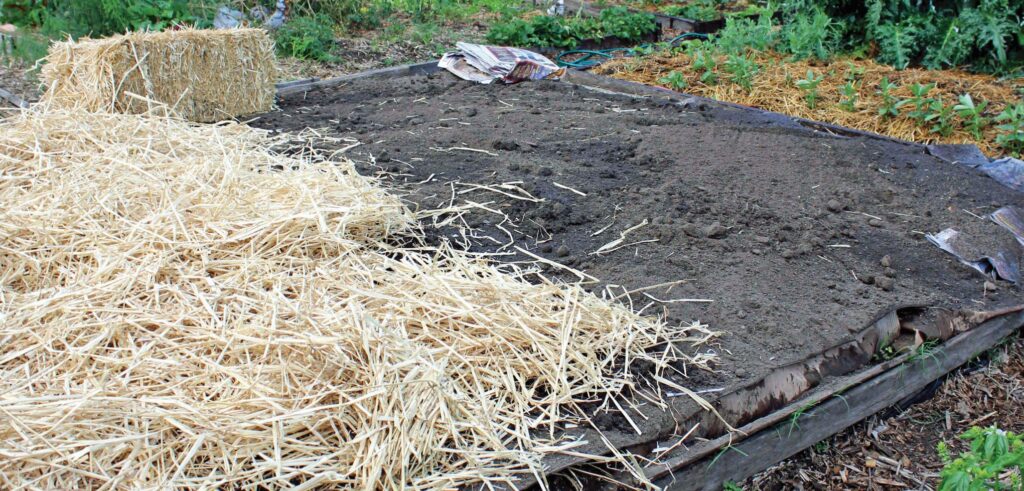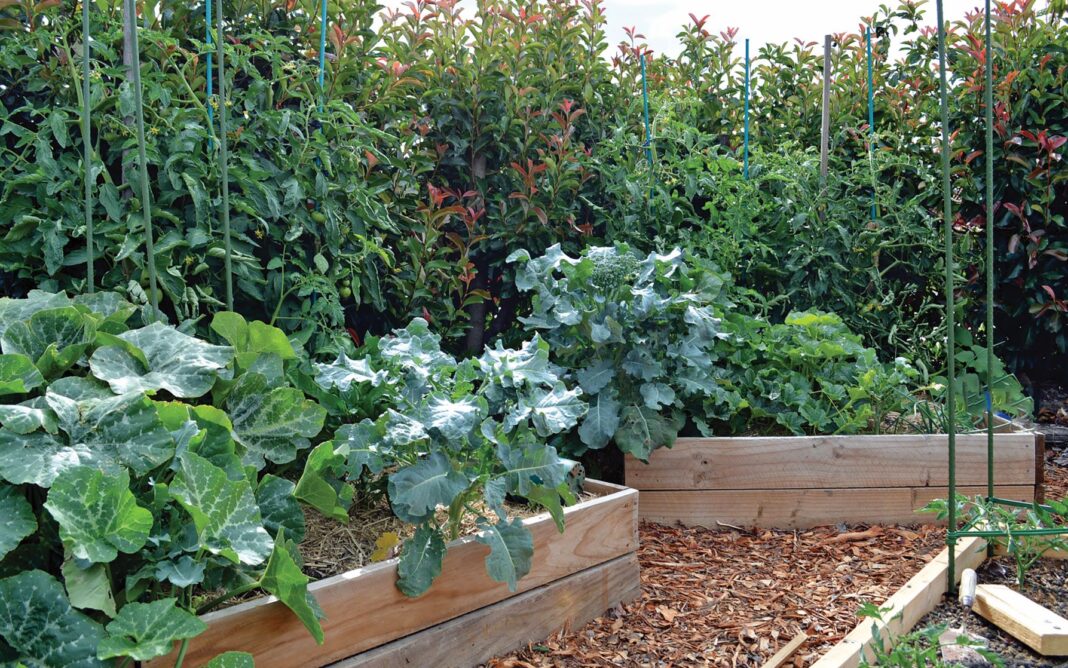No-dig is a gardening method which doesn’t require cultivation of the existing soil. The technique was pioneered in 1977 by Australian gardener and author Esther Dean. It has since been adopted in all its various forms worldwide.
No-dig gardens are raised and don’t contain soil, i.e. sand, silt or clay. They can have natural, recycled or manufactured edges. No-dig gardens consist of layers of organic material such as newspaper or cardboard, lime, blood and bone, lucerne hay, lawn clippings, prunings and compost. Beds need to be deep enough to grow plants in; around 30cm is adequate for many plants. No-dig gardens are especially useful for growing herbs and veggies.
Advantages of no-dig gardening
- Minimal labour but not no labour – all gardens, especially productive ones, need ongoing maintenance.
- With raised bed heights, no-dig gardening is suitable for those who find traditional gardening methods difficult.
- Versatile – beds can be situated on hard surfaces such as concrete.
- Very few, if any, weeds as no-dig uses thick layers of mulch and doesn’t use imported garden soils where weed seeds can be lurking.
- Optimum drainage and no compaction – with generous organic layers and raised edges, no-dig beds have excellent drainage and are usually free from damaging foot traffic.
- No-dig gardens don’t compromise delicate soil structure as they sit on top of the soil’s surface rather than being dug into it.
- No-dig is economical and uses less resources than soil-based gardening – many if not all the ingredients can be sourced from your own backyard.
- Optimum nutrition for superior plant growth.
- Creates ideal environment for thriving ecosystems, which in turn generates the best possible growing environment for resilient, nutrient-dense, plants.
Limitations of no-dig gardening

- Potential to leach nitrates into stormwater systems – no-dig gardens using fresh manures and other nutrient-rich ingredients are more prone to nutrient runoff if overwatered or exposed to heavy rainfall. Having raised beds on compacted base soils or hard surfaces can exacerbate this issue.
- First and often second generation no-dig gardens aren’t suitable for deep rooted plants, such as large shrubs and trees. Once the beds are established and at least 60cm deep, there is potential to grow trees, including fruit trees.
- Not suitable for some ornamental plants, such as natives which have low nutrient requirements.
Tips
- Make beds optimum working width and paths between beds wide enough to get a wheelbarrow through. 1.2m beds and 60cm paths suit most situations.
- If you want to use a prepared bed straight away, plant seedlings into a surround of potting mix to avoid burning roots while the layers are settling.
- When putting a no-dig bed on an impervious surface such as concrete, include a 7-10cm base layer of sticks or similar to improve drainage.
Handy resources
No-dig gardening: how to create an instant, low-maintenance garden. Allen Gilbert (2003). ISBN: 0733309410. Available for loan through Libraries ACT.
W: deepgreenpermaculture.com/diy-instructions/no-dig-gardening/
W: abc.net.au/gardening/factsheets/no-dig-garden/9429424
For more:



